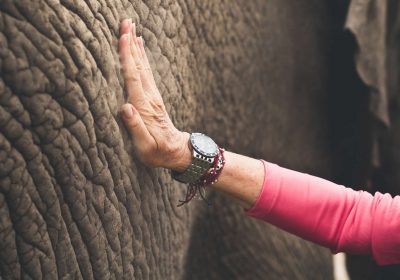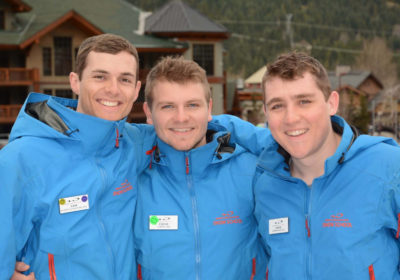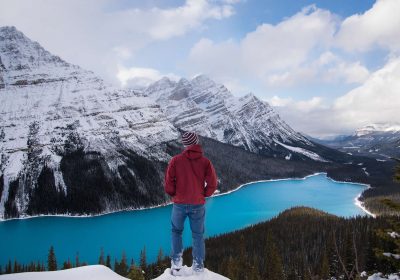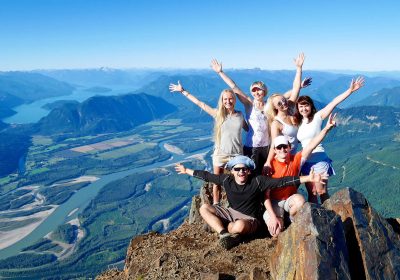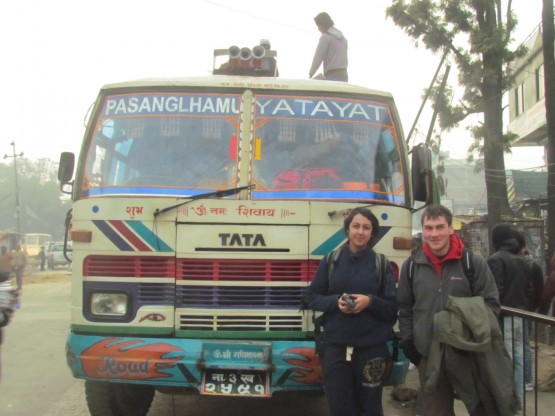
We are very pleased to have recieved another brilliant update from Melanie Bowman who has now settled into village life tells us in this update about just how resourceful Nepali people are, how they come with landslips, avalanches and the effects of deforestation in the trekking region. Here’s what she has to say…
“Langtang Trek – Landslips and dodgy roads!
Cows, goats, cars, dogs, people, motorbikes and chickens all mill about Nepal’s roads in equal measure, making their presence known loudly! On the mountain roads there’s the added complication of the odd old landslide (Nepali = pahiro) en route, the former path of which is flattened into the road and the bus has to navigate. You forget your own nerves as the bus rocks across the pahiro’s former path and displays a view of aftermath residue tumbling down the steep mountain slopes and into the valley below.
Avalanches are also a massive problem. The harsh reality is, that due to increased levels of global warming in recent years, melting snow in Spring months every year in particular causes avalanches which have a devastating effect on the mountain inhabitants.
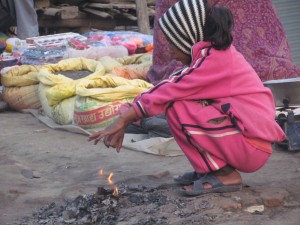
People are so incredibly resourceful here, and work so very hard. On the trekking trail to Langtang, we passed men and women making their way up the mountains with huge stakes of wood on their backs. Nepalis are so strong, men and women of 16 – 70, some under 5ft tall, carried stakes of approximately 10ft long, 1 ft wide and 1 – 1 1/2 ft thick. Our guide Gilseng told me that wood carriers are paid 480 rupees per stake – how many they carry is up to them. The wood is taken from a place called Riverside (Gumanchok) at 2900m to Langtang or Kyanjin Gompa to build houses, hotels, shops to cater for the ever growing tourism industry.
Only this year have locals been able to fell wood in the national park once again, as long as it is used within the park – its a conundrum I have been battling with – 80% of Nepalis, particularly those in the mountains, rely on wood for heating and cooking. The population is growing by 2.1% a year, so the need increases. Tourism is a massive drive in the Nepalese economy, and wood is needed to build accommodation for those supporting the mountain market, particularly during high season lodges are jam-packed as its is – it’s a great way for the mountain people to keep their traditional way of life alive and in turn keep the land self-sustaining through the production of ‘yak’ products and growing of seasonal vegetables, both of which keep the land economy turning over. Carrying this wood gives the mountain population an additional income, but boy do they work hard – the family which ran the guest house in Langtang did this every day – their small son running next to them. They then cooked for us in the evenings and in the mornings…
HOWEVER, deforestation is having a devastating effect – Nepal has lost 70% of it’s forest cover in recent years. During our walk from Langtang (3430m) to Kyanjin Gompa (3860m), we passed the remains of a house in which three people were killed in one fell swoop by a landslide last year, and that’s only one example.”









